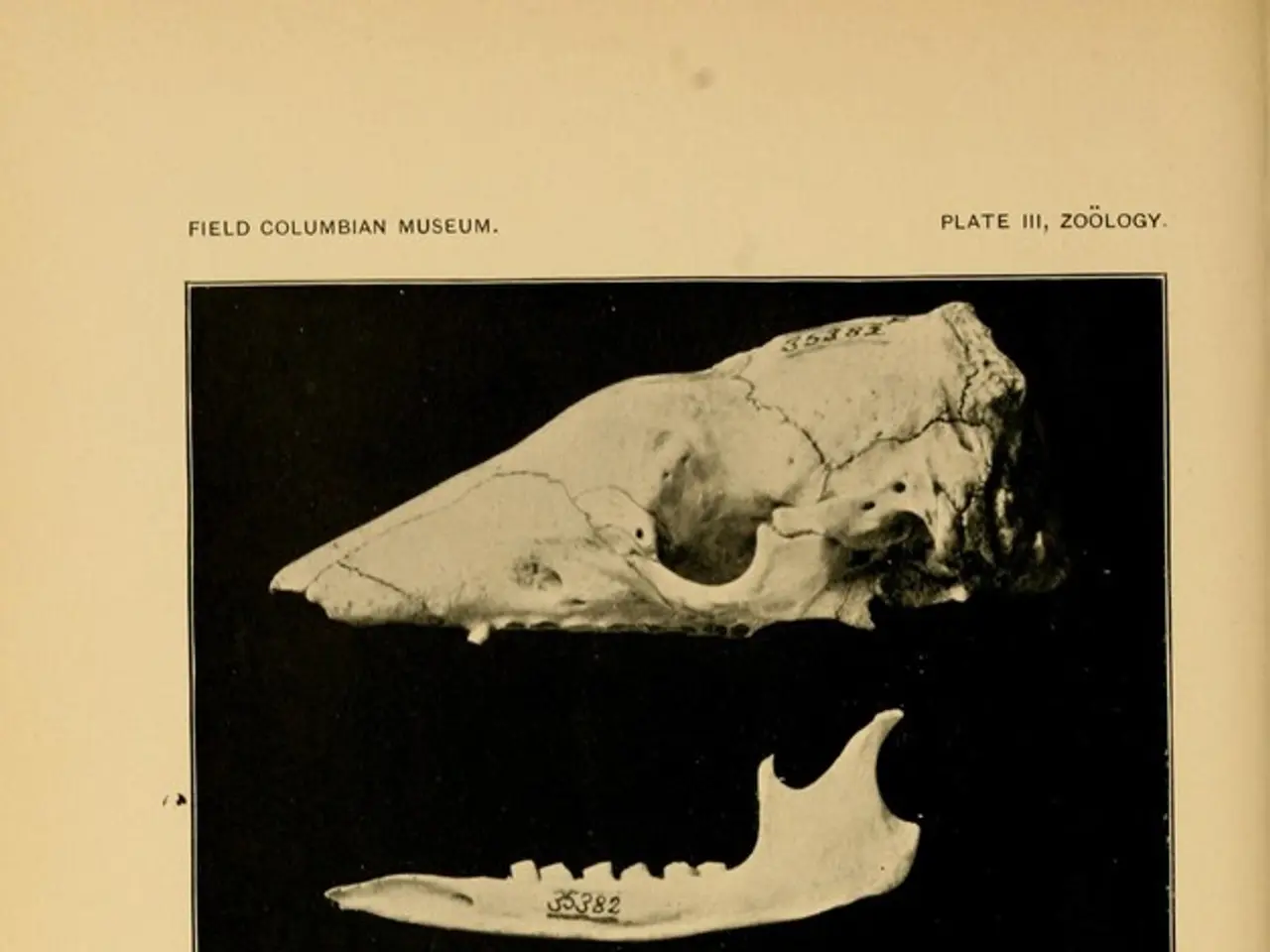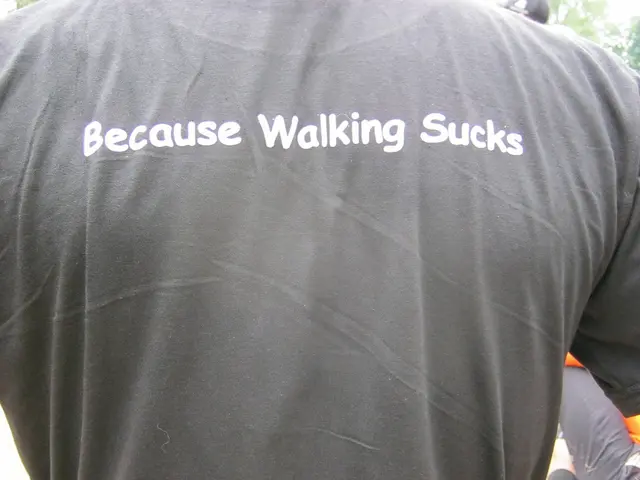Kneecap Dislocation: Signs, Remedies, Healing Process, and Further Insights
A patellar dislocation is a common knee injury that often occurs during sports or dancing when a person changes direction suddenly with their feet planted. This condition involves the kneecap coming out of its normal position, causing a range of symptoms such as sudden pain, swelling, visible deformity, and instability.
Symptoms of a patellar dislocation may include:
- Sudden knee pain
- Visible deformity or displacement of the kneecap
- Swelling
- Instability or a feeling that the knee may "give out"
- Difficulty walking or extending the leg
- Tenderness around the kneecap
- Limited range of motion
In some cases, the symptoms may be milder, indicating a partial dislocation. Symptoms of a partial dislocation may include the feeling that the kneecap has slipped to one side, pain, popping or crackling sounds, stiffness and swelling, a locking or catching sensation, and a feeling of instability.
Treatment options for a patellar dislocation vary depending on the severity and recurrence.
- Initial management (non-surgical): This often includes reduction of the dislocation (sometimes done manually by a doctor), immobilization with a brace or splint, rest, ice, compression, and elevation to reduce swelling and pain. Physical therapy is initiated early to restore range of motion and strengthen muscles around the knee to improve stability.
- Surgical treatment: If the dislocation is recurrent or associated with ligament or cartilage damage, surgery such as medial patellofemoral ligament (MPFL) reconstruction may be recommended. MPFL reconstruction stabilizes the kneecap and is effective for preventing further dislocations. Other surgical options include tibial tuberosity transfer, a complex procedure for recurrent dislocations, which involves moving a piece of the shin bone to improve stability and alignment.
Recovery timeline depends on treatment type and individual healing. After surgery like MPFL reconstruction, return to full activities and sports typically occurs between 4 to 7 months. Rehabilitation involves phases, with limited weight-bearing and motion restrictions in the first 6 weeks, followed by gradual progression in strength and function over the next several weeks to months.
Risk factors for recurrent dislocation include anatomical abnormalities such as a shallow femoral groove, patella alta (high-riding kneecap), or abnormal alignment of the leg bones, which compromise kneecap stability. Ligamentous laxity or damage to stabilizing ligaments like the MPFL, previous dislocations that have weakened soft tissues around the kneecap, muscle imbalances or weakness, especially of the quadriceps muscles, and participation in sports or activities involving frequent twisting, pivoting, or sudden changes in direction are also risk factors.
In summary, prompt medical attention is crucial for anyone experiencing symptoms of a patellar dislocation. Treatment may range from conservative management with bracing and physical therapy to surgical ligament reconstruction for recurrent cases. Recovery generally spans several months, and risk factors for recurrence include anatomical predispositions and prior injury. Regular strength training and physical therapy may help prevent reinjury.
- Chronic conditions such as COPD, depression, obesity, and neurological disorders can potentially become risk factors for accidental falls, which may lead to a patellar dislocation.
- Science continues to develop predictive models for assessing the risk of a patellar dislocation based on factors like abnormal anatomy, ligamentous laxity, and previous injury.
- Incorporating health and wellness practices, like regular exercise and stress management, could help mitigate the risk of developing these medical conditions and the associated risk of patellar dislocation.
- CBD oil, gained popularity for its potential therapeutic benefits, is not commonly associated with patellar dislocation, but research is ongoing to explore its role in pain management related to chronic diseases, such as arthritis.
- Medical-conditions like bipolar disorder, chronic diseases, and neurological disorders can all lead to a increased risk of accident and falls, which may result in knee pain or a patellar dislocation.
- Patients who have sustained a patellar dislocation should be mindful of the impact that obesity and a sedentary lifestyle can have on their recovery and the risk of recurrence, as both factors can lead to increased knee pain and instability.
- AQ, being a concept focused on holistic well-being and preventative healthcare, emphasizes the importance of addressing not just physical symptoms of a patellar dislocation, but also addressing any underlying medical-conditions, such as anatomy abnormalities or muscle imbalances, to reduce the risk of recurrence.








